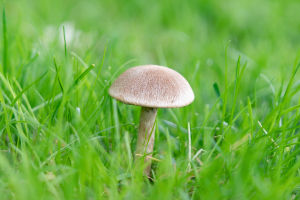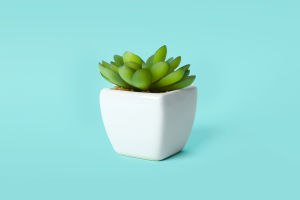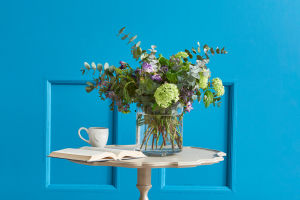Hey, Lykkers! Have you ever found yourself captivated by the vibrant colors and elegant shapes of tulips in full bloom?
Let’s explore the enchanting world of tulips, where each petal tells a story and transforms gardens into breathtaking landscapes!
A Brief History
Tulips have a rich and fascinating history that dates back centuries. Originally cultivated in the Ottoman Empire, these stunning flowers were brought to Europe in the 16th century, quickly becoming symbols of luxury and wealth. At one point, tulip bulbs were so valuable in the Netherlands that they sparked what is now known as “Tulip Mania,” a period of intense speculation that caused bulb prices to soar and then crash dramatically.
Different Varieties of Tulips
One of the most delightful aspects of tulips is the incredible variety they offer. There are over 3,000 different cultivars, each with its own unique characteristics. Here are some popular varieties to consider for your garden:
Darwin Hybrid Tulips: Known for their durability and large blooms, these tulips can last for several years and come in vibrant colors.
Fringed Tulips: Featuring delicate, fringed edges, these tulips add a unique touch to any garden arrangement.
Parrot Tulips: With their flamboyant colors and unique shapes, parrot tulips make a bold statement in any floral display.
Rembrandt Tulips: Named after the famous painter, these tulips showcase stunning streaks of color that resemble brush strokes.
Planting and Caring for Tulips
If we’re inspired to grow our own tulips, here’s a simple guide to planting and caring for them:
Choose the Right Time: The best time to plant tulip bulbs is in the fall, about 6-8 weeks before the ground freezes.
Select a Location: Tulips thrive in well-drained soil and full sunlight, so choose a spot that gets at least 6 hours of direct sunlight.
Prepare the Soil: Loosen the soil to a depth of about 12 inches and mix in compost for added nutrients.
Plant the Bulbs: Place the bulbs in the soil, pointed end up, about 6-8 inches deep and 4-6 inches apart.
Watering: After planting, water the bulbs thoroughly to help them settle in.
Mulching: Apply a layer of mulch to help retain moisture and protect the bulbs from extreme temperatures.
Symbolism and Cultural Significance
Tulips are not only beautiful but also carry deep symbolic meanings across cultures. In many cultures, tulips represent love and passion, making them popular choices for romantic occasions. In the Netherlands, tulips are celebrated each spring during the Keukenhof Flower Festival, attracting millions of visitors from around the world who come to admire the breathtaking displays of color.
Conclusion
The beauty and diversity of tulips make them a cherished flower in gardens and floral arrangements. Their rich history, stunning varieties, and cultural significance make them more than just a pretty bloom; they embody stories and emotions that connect us. So, let’s embrace the enchanting world of tulips, Lykkers! What colors and varieties will you choose to bring beauty to your gardens this season?


